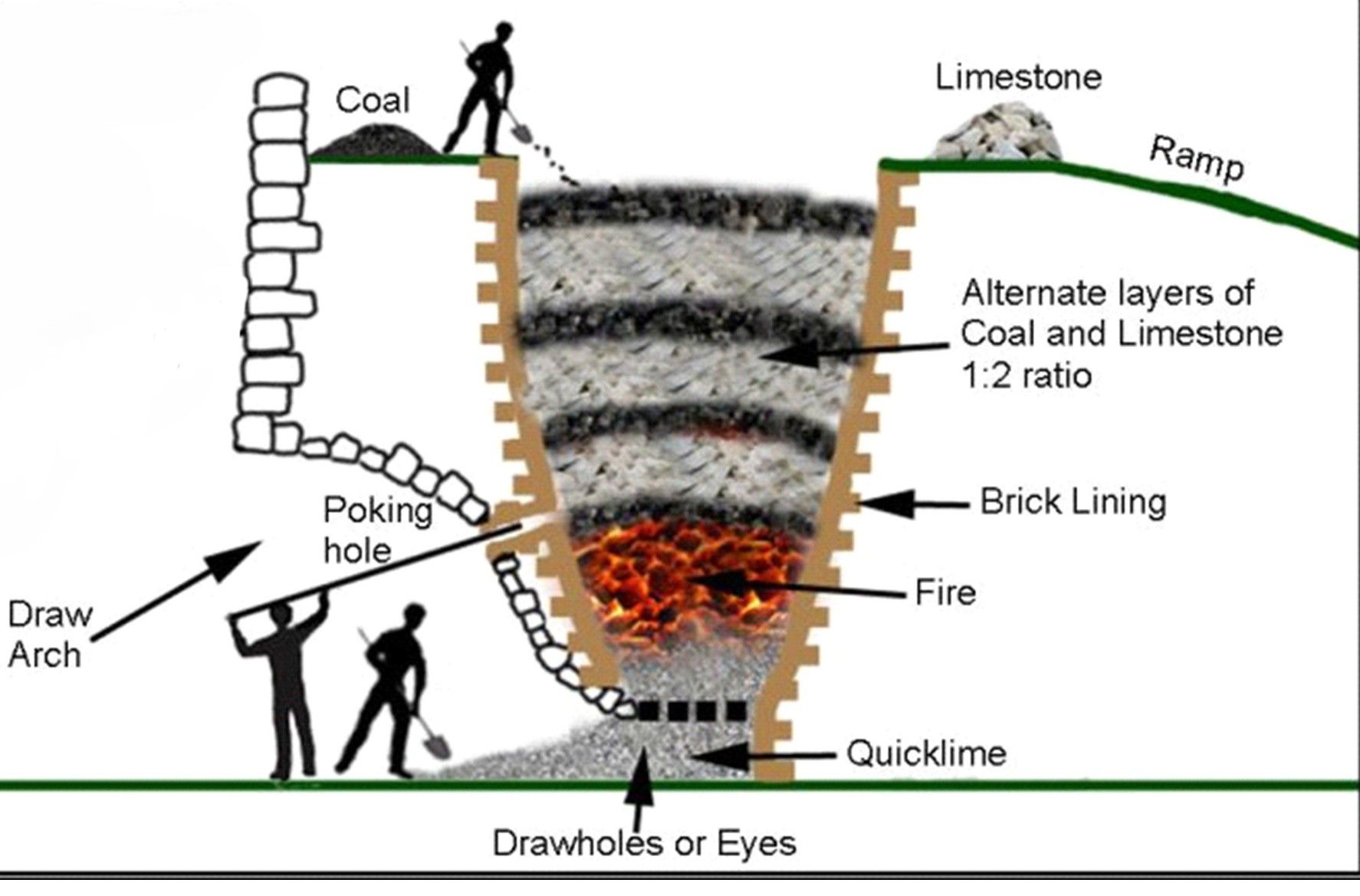What Three Words: ///charge.beaks.alleges
OS Grid Reference: SX104595
A prominent survival of the town’s industrial past are the kilns that supplied lime for building and agriculture.
A block of early 19th century lime kilns are on Quay Street opposite the town quays. The kilns are Grade II listed (https://historicengland.org.uk/listing/the-list/list-entry/1144242 opens in a new page). The nearest kiln is now used for storage and the furthest has been converted for residential use. The kilns are private property and may only be viewed from the outside.
There are also more lime kilns slightly further on, partly used by the Duchy Motors garage. The cottages at the back of Duchy Motors were known as Goosey Town, being close to the geese kept on the common land (now Coulson Park and Shirehall Moor). The cottages were built to house the limekiln workers and the sawyers who worked on the common. Limestone was brought from Plymouth to be burnt at the Lostwithiel kilns. The limestone was unloaded at the quay and carried up to the top of the kilns via the paths beside them.
The technology of lime production was introduced by the Romans, and there is evidence of the remains of another lime kiln near the ancient settlement at Restormel. Lime production was initially undertaken in temporary clamp kilns, but large-scale production involved big, purpose-built kilns of the kind seen here. The process set a fire at the bottom of the kiln to burn limestone (calcium carbonate), perhaps mixed with egg shells, and layered with wood or sometimes coal or coke to produce quick lime (calcium oxide). The lime was extracted at the bottom of the kiln through a drain hole. The whole process took a week.
 The process of lime production
The process of lime production
Much of the lime produced locally was used as an additive to improve the fertility of the fields. Lime was mixed with water to produce slaked lime for use in mortar for building work. This had become a major use by the 19th century. Lime kilns were dangerous places, not only were they hot (over 900°C) but they gave off copious quantities of carbon dioxide that could suffocate. Quick lime itself was a volatile product capable of producing a great heat if it came into contact with water. Kilns therefore needed to be situated away from areas of occupation.

Inside the lime kilns today